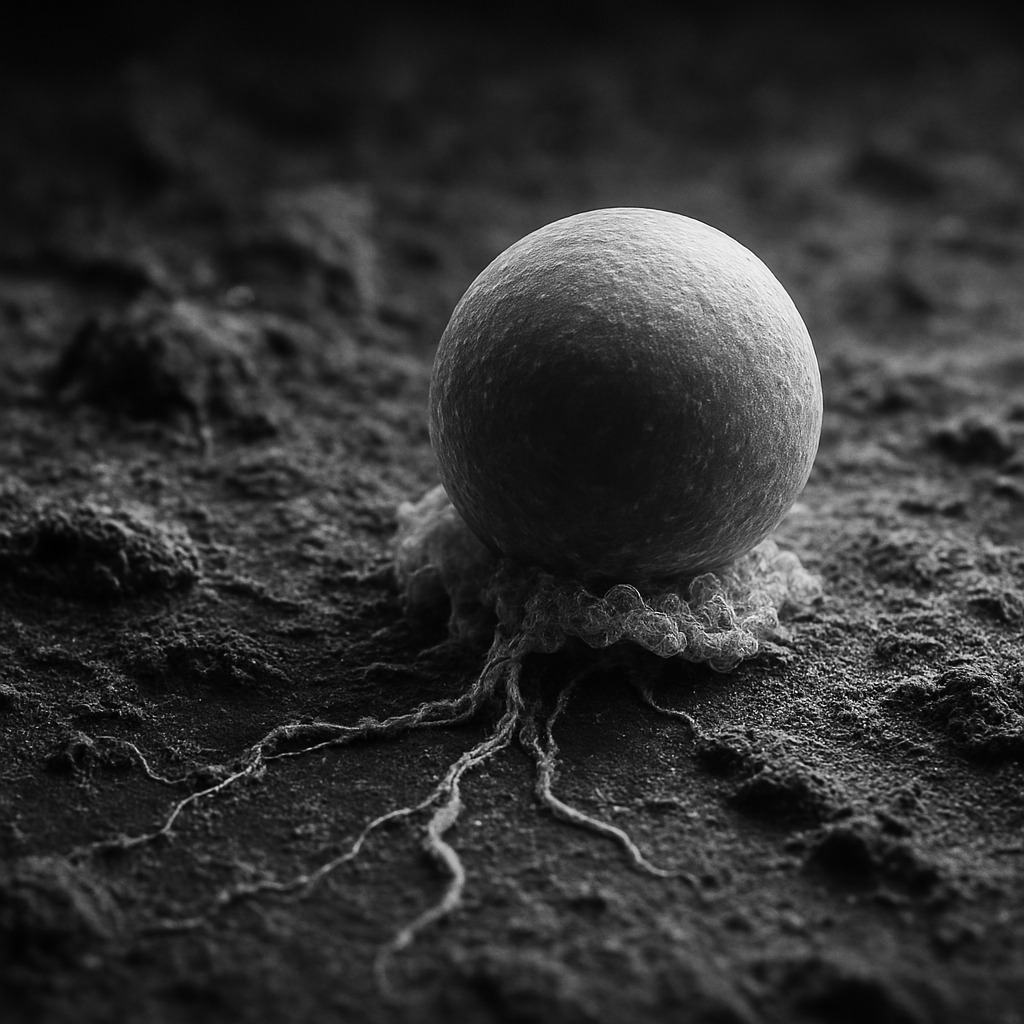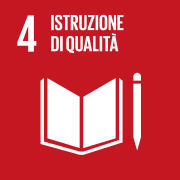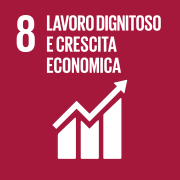
A sustainable world must ensure abundant, clean and accessible energy for all. It is the oldest challenge facing all living beings.
Imagine waking up in a world without energy. There is no light, no heat, no life: there is nothing. Every living thing, from bacteria to whales, owes its existence to a single, inalienable need: the ability to capture and utilise the energy around it. This ability is the basis of every form of life we know, for billions of years, in a cycle that has shaped the history of our planet and will continue to do so.
The origin of life: the pioneers of the planet
Our journey begins around 3.8 billion years ago, when the Earth was a decidedly inhospitable place: the atmosphere was thick with toxic gases and the planet was subject to constant meteorite bombardment. Yet, in this hostile environment, the first living organisms made up of very simple cells emerged.
These primordial beings already understood one fundamental thing: to survive, they had to be able to harvest energy from the environment. How? By absorbing nitrogen and other nutrients from the water and then from the soil; turning them into simple molecules that they needed to fuel their metabolism and build their bodies.
These single-celled organisms, known as prokaryotes, were on the lowest rung of the evolutionary ladder, but were the pioneers of life on Earth. Some of them developed the ability to fix carbon, creating the first forms of photosynthesis, albeit in a very primitive version of what we know today. These primitive organisms prepared the ground (literally!) for more advanced forms of life, creating an energy base upon which the future of life on our planet would rest.
The photosynthesis revolution: solar energy for all
About 2.5 billion years ago, something extraordinary happened: a group of microorganisms, the cyanobacteria, perfected the ability to harness the Sun’s energy to produce chemical energy. Photosynthesis was born. This process captured solar energy and used it to convert carbon dioxide and water into glucose, an energy-rich molecule, releasing oxygen as a by-product. Photosynthesis revolutionised life on Earth, turning these humble microorganisms into true powerhouses.
Thanks to photosynthesis, waste oxygen began to accumulate in the Earth’s atmosphere, creating the conditions for more complex life forms to develop. This gas, which today accounts for one-fifth of the air we breathe, was then a toxic element for many anaerobic organisms (those that do not use oxygen to live) which were largely wiped out by its increasing concentration. But for other forms of life, oxygen represented a new opportunity: aerobic respiration was born, a process that allows much more energy to be extracted from glucose molecules than previous anaerobic processes.
Plants, the descendants of these photosynthetic cyanobacteria, became the planet’s great energy producers. In time, algae colonised the seas; then plants began to cover the land, transforming the earth’s landscape and making the development of new ecosystems possible.
Herbivores: the first vegan consumers
With the abundance of chemical energy stored in plants, a new category of organisms emerged: herbivores. These animals, which ranged from small sea creatures to giant herbivorous dinosaurs, learned to feed on plants to obtain the energy they needed to grow, move and reproduce. This energy, after days or years of hard work, had already been concentrated by the plants into tasty stems, leaves and the first tasty fruits. Delicacies to be devoured in one gulp instead of sitting in the sun all day, as vegetables do.
Herbivores play a crucial role in the food chain. They transform the chemical energy stored in plants into animal tissue, making this energy even more concentrated and … available to other organisms.
Without herbivores, the solar energy captured by plants would remain trapped in plant biomass, inaccessible to most other living beings. Think of the great grazers of the African savannahs, such as elephants, who transform huge quantities of plants into animal energy, powering entire ecosystems.
Carnivores: but eating meat is better
While herbivores thrived, another order of organisms was honing a different survival strategy: predation. Carnivores, energetically speaking, represent the top of the food chain. They feed on herbivores (and sometimes other carnivores), obtaining the energy they need to live not directly from plants, but through the ingestion of other animals where they find it even more concentrated and available. Obviously, prey never agree and try to defend the energy stored in their bodies by running away or even counterattacking those who try to … rob them or, better, devour them.
The appearance of carnivores marked another fundamental step in the evolution of life on Earth. Energy, originally captured by the Sun and transformed by plants, now passed through multiple levels – the so-called trophic levels – increasing the complexity and interdependence of ecosystems.
Carnivores, with their role as predators, helped to keep herbivore populations in balance, preventing the latter from depleting plant resources and ensuring the sustainability of ecosystems.
An example of this balance is the management of wolves in Yellowstone National Park. After their reintroduction in the 1990s, wolf packs reduced the deer populations, which were devastating the park’s vegetation. With fewer deer, the plants were able to recover, leading to a cascade of beneficial effects for the entire ecosystem, including increased biodiversity. In Italy, problems between the authorities in charge have prevented the same strategy from being adopted, but the inclusion of the wolf as a protected species in the European Union has allowed packs to slowly recolonise the Alps and Apennines.
From nature to technology: humanity and the capture of energy
As other living species refined their mechanisms for capturing and transferring energy, human beings, an integral part of this cycle even if the last to arrive, also sought ways to master and harness energy to their advantage. This drive for survival led us to discover fire, arguably the first great energy revolution in human history. Fire not only allowed us to cook food, making it more digestible and safer, but also provided warmth and protection against predators. In addition, fire was essential for the expansion of humans into colder environments, extending their dominance over much of the planet.
Over the millennia, we have developed increasingly sophisticated technologies to harness natural energy resources. Six thousand years ago, for example, the ancient Egyptians used the kinetic energy of rivers to drive water mills; while the Romans perfected these techniques for irrigation and large-scale agricultural production. The first hydraulic technologies represented a milestone: humanity was learning to capture energy not only to satisfy immediate needs, but also to sustain increasing social and economic complexity.
In the Renaissance, inventors like Leonardo da Vinci helped imagine new ways to harness energy. Leonardo designed machines that could transform the energy of wind, water and even muscle power into useful movement, paving the way for the age of mechanical inventions. Although many of his inventions remained only on paper, his theoretical work inspired generations of inventors and engineers.
The industrial revolution: fossil energy
With the advent of the Industrial Revolution, humanity took a leap forward in its ability to harness energy. Discoveries in the field of thermodynamics made it possible to build steam engines, which used the heat produced by burning coal to generate motion. This led to the birth of the first industries, fuelling unprecedented economic growth and changing the face of human societies forever.
Coal, followed by oil and natural gas, became the main source of energy for the modern world. These fossil fuels are essentially solar energy stored in chemical form by living organisms over hundreds of millions of years. Their combustion quickly releases this energy accumulated over time, allowing them to power everything from cars to planes, from power stations to industrial plants.
But we know that the massive use of fossil fuels has also led to serious environmental problems, such as air pollution and climate change. Today, we are more aware than ever of the need to find more sustainable sources of energy to preserve our planet.
Renewable energies: a return to nature
In response to these challenges, humanity is now turning its attention to renewable energy sources, which mimic natural processes to capture energy in a sustainable way. Photovoltaic panels, for example, directly harness the Sun’s energy, just as plants do with photosynthesis, to generate electricity. Wind power plants convert the kinetic energy of the wind into electricity, while hydroelectric plants capture the energy produced by the movement of water.
Even nuclear energy, while a complex and controversial technology, offers a low-carbon energy source with the potential to provide large amounts of energy without the same negative environmental impacts as traditional fossil fuels. However, as we have learnt from nature, each form of energy has its pros and cons, and the key to the future will be to find a balance between different energy sources.
A sustainable energy future
The ability to capture and utilise energy has been the driving force behind the evolution of life on Earth and continues to be crucial for our future. Today, humanity faces the challenge of developing, using and distributing energy rationally for us, for the planet and for the future. The development goals set by Agenda 2030 require continuous innovation, building on past experience and new discoveries in the field of energy technology.
Ultimately, our success as a species will depend on our ability to learn from nature’s lessons and apply this knowledge to ensure a future where energy is abundant, clean and affordable for all. Nature has shown us the way: now it is up to us to continue along this path, using science and technology to build a better world.
















